Tax on Stock Buybacks a Misguided Way to Encourage Investment
Research shows that a tax on stock buybacks would not be the right policy solution to encourage long-term investment or lift wages.
4 min readErica York is Senior Economist and Research Director with Tax Foundation’s Center for Federal Tax Policy. She previously worked as an auditor at a large community bank in Kansas and interned at Tax Foundation’s Center for State Tax Policy.
Her analysis has been featured in The Wall Street Journal, The Washington Post, Politico, and other national and international media outlets. She holds a master’s degree in Economics from Wichita State University and an undergraduate degree in Business Administration and Economics from Sterling (KS) College, where she is currently an adjunct professor. Erica lives in Kansas with her husband and their two children.
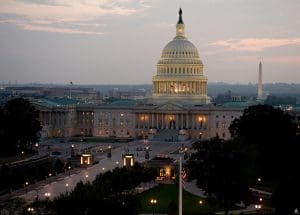
Research shows that a tax on stock buybacks would not be the right policy solution to encourage long-term investment or lift wages.
4 min read
Rather than pursuing policies that have demonstrably reduced R&D and innovation elsewhere, and that would disincentivize R&D in the U.S., lawmakers should continue to ensure an ecosystem that encourages risk-taking and R&D.
4 min read
Lawmakers are considering policy changes within the reconciliation bill that would reduce private R&D within the pharmaceutical industry and reduce the number of new drugs coming to market. Instead of hampering medical progress, policymakers should work to ensure that the tax code remains conducive to R&D spending and the resulting innovation.
5 min read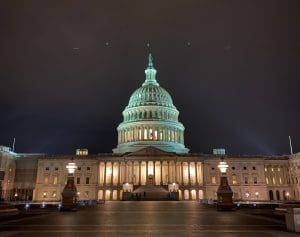
Congressional lawmakers are putting together a reconciliation bill to enact much of President Biden’s Build Back Better agenda. Many lawmakers including Senate Finance Committee Chair Ron Wyden (D-OR), however, want to make their own mark on the legislation.
5 min read
The Biden corporate tax plan would disproportionately harm these congressional districts and make the U.S. less internationally competitive. These tax hikes, along with individual tax increases, would also raise taxes on net for 96 percent of congressional districts by 2031 after these temporary credits expire in 2025.
2 min read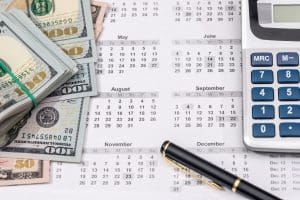
Over the next ten years, the structure of the Child Tax Credit (CTC) is scheduled to change, complicating efforts to extend enhanced CTC benefits or reform the CTC for the long-term. Rather than take an all-or-nothing approach or kick the can down the road by relying on temporary expansions, lawmakers could consider alternative options that better target low-income households, retain work incentives, reduce the impact on federal revenue, and provide taxpayers with a stable, consistent tax code.
8 min read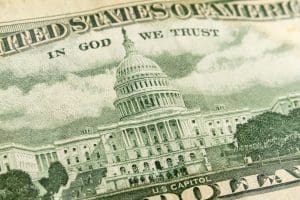
While the excise tax penalty in H.R. 3 is referred to as a 95 percent tax rate, it actually amounts to a 1,900 percent tax rate because of how the proposal defines the tax base. In other words, under the H.R. 3 tax penalty, a drug that sells for $100 would incur a $1,900 tax.
3 min read
Temporary policy creates uncertainty for taxpayers and scheduling more expirations will add to the already-expiring provisions under the Tax Cuts and Jobs Act (TCJA) of 2017.
3 min read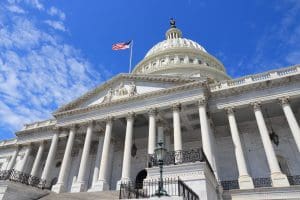
One of the ways lawmakers intend to pay for $3.5 trillion of new spending in the budget reconciliation package is by creating “health care savings.” The leading proposal to achieve this is H.R. 3, the Elijah Cummings Lower Drug Costs Now Act, which would change the way that prescription drug prices are negotiated under Medicare Part D.
5 min read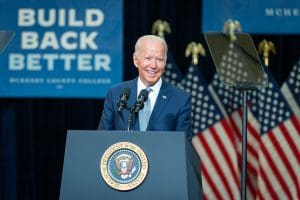
The Biden administration recently cited an analysis from Treasury claiming that “the President’s agenda will protect 97 percent of small business owners from income tax rate increases.” However, the figure is misleading. To assess the economic effect of higher marginal tax rates, it matters how much income or investment will be affected—not how many taxpayers.
3 min read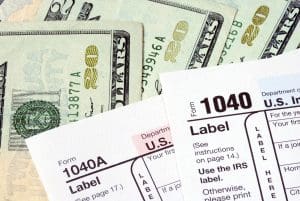
Reviewing the sources of personal income shows that the personal income tax is largely a tax on labor, primarily because our personal income is mostly derived from labor. However, varied sources of capital income also play a role in American incomes. While capital income sources are small compared to labor income, they are still significant and need to be accounted for, both by policymakers trying to collect revenue efficiently and by those attempting to understand the distribution of personal income.
10 min read
The arguments for a new surtax on corporate book income misconstrues why there are differences between a corporation’s taxable income and book income.
5 min read
The ideal treatment is to match the tax code to a firm’s cash flow—allow immediate deductions for all expenses, including all forms of investment, while taxing the resulting returns from the investments.
4 min read
To fully follow the Scandinavian model would require additional taxes that place a higher burden on middle-income earners, but instead, Biden proposes higher taxes on corporations and households making more than $400,000.
3 min read
As lawmakers explore funding mechanisms for additional federal infrastructure investment, they should focus on permanent, sustainable, and transparent revenue options that conform to the benefit principle. Permanent user fees, appropriately adjusted to restore and maintain their purchasing power, would serve as ideal revenue sources for federal infrastructure investments.
5 min read
The media has reported on how wealthy taxpayers who own sports teams lower their tax liability by deducting the cost of purchasing a sports team over 15 years. Contrary to claims that deducting the cost of a sports team from taxable income is a “loophole,” such deductions are a normal and proper part of the income tax system.
3 min read
New Treasury Department data released on the advance Child Tax Credit payments shows the distribution by state, including how much, on average, households in each state received. The expansion will only be in effect for the 2021 tax year—if policymakers wish to continue providing the increased benefits, they must address the administrative and revenue costs of the policy.
4 min read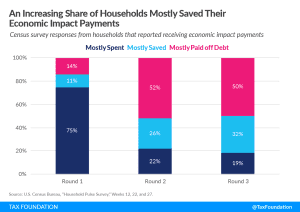
In 2020 and 2021, Congress enacted three rounds of economic impact payments (EIPs) for direct relief to households amidst the pandemic-induced downturn. Survey data from the U.S. Census Bureau indicates that households increasingly saved their EIPs or used them to pay down debt rather than spend them.
5 min read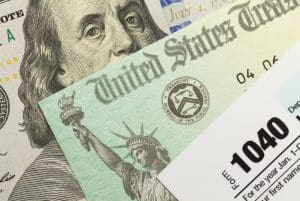
Amidst the outstanding questions, potential confusion over how advanced child tax credit payments will affect tax refunds, and an incomplete portal to update taxpayer information, the IRS will begin sending payments to millions of households this month.
4 min read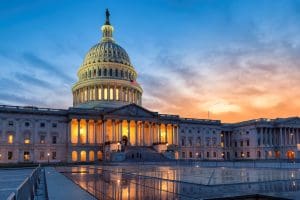
Three upcoming tax law changes scheduled by the 2017 Tax Cuts and Jobs Act (TCJA) to help offset its revenue losses would be canceled by proposed legislation that would prevent the tax treatment of investment from worsening over the coming years.
4 min read